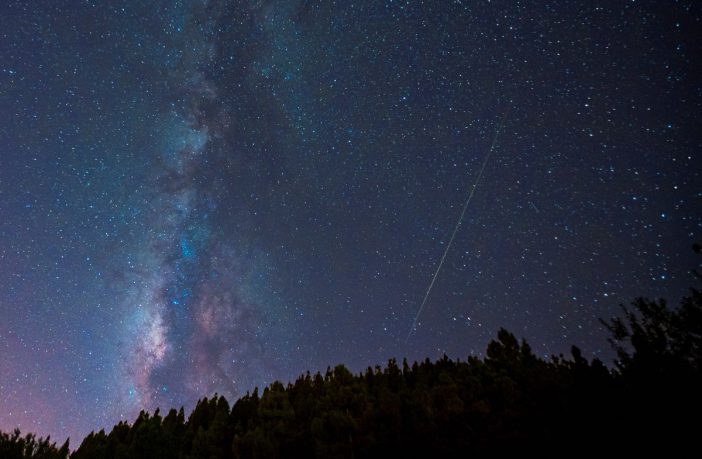
Astronomers have detected in the stellar halo that represents the outer limits of the Milky Way a group of stars farther from Earth than any known in our own galaxy – almost halfway to a neighboring galaxy.
The researchers said these 208 stars inhabit the far reaches of the Milky Way’s halo, a spherical stellar cloud dominated by the mysterious invisible substance called dark matter that only makes itself known through its gravitational influence. The farthest of them is 1.08 million light-years from Earth. A light year is the distance light travels in one year, 5.9 trillion miles (9.5 trillion km).
These stars, spotted using the Canada-France-Hawaii Telescope on the Mauna Kea mountain in Hawaii, are part of a category of stars called RR Lyrae which have relatively low mass and generally have a low abundance of elements. heavier than hydrogen and helium. The farthest seems to have a mass about 70% of that of our sun. No other star in the Milky Way has been measured with confidence further than these.
The stars that populate the periphery of the galactic halo can be considered stellar orphans, likely originating from smaller galaxies that later collided with the larger Milky Way.
“Our interpretation of the origin of these distant stars is that they most likely originated in the halos of dwarf galaxies and star clusters which were then merged – or more simply, cannibalized – by the Milky Way,” said Yuting Feng, a doctoral student in astronomy. student at the University of California, Santa Cruz, who led the study, presented this week at a meeting of the American Astronomical Society in Seattle.
“Their host galaxies have been shredded and digested by gravity, but these stars are left at this great distance as debris from the merger event,” Feng added.
The Milky Way has grown over time through such calamities.
“The larger galaxy grows by eating smaller galaxies – by eating its own kind,” said study co-author Raja GuhaThakurta, UC Santa’s chair of astronomy and astrophysics. Cruz.
Containing an inner and outer layer, the Milky Way’s halo is much larger than the galaxy’s main disk and central bulge which are teeming with stars. The galaxy, with a supermassive black hole at its center about 26,000 light-years from Earth, contains perhaps 100 to 400 billion stars, including our sun, which resides in one of the four primary spiral arms that make up the disc of the Milky Way. The halo contains about 5% of the stars in the galaxy.
Dark matter, which dominates the halo, makes up most of the mass of the universe and is thought to be responsible for its basic structure, with its gravity influencing visible matter to come together and form stars and galaxies. .
The far outer edge of the halo is a poorly understood region of the galaxy. These newly identified stars are nearly half the distance of the Milky Way’s neighboring Andromeda galaxy.
“We can see that the suburbs of the Andromeda halo and the Milky Way halo are really spread out – and are almost ‘back to back,’” Feng said.
The search for life beyond Earth focuses on rocky Earth-like planets orbiting in what’s called the “habitable zone” around stars. More than 5,000 planets beyond our solar system, called exoplanets, have already been discovered.
“We don’t know for sure, but each of these outer halo stars should be about as likely to have planets orbiting them as the sun and other sun-like stars in the Milky Way.” , said GuhaThakurta.
© Thomson Reuters 2023
Tech




